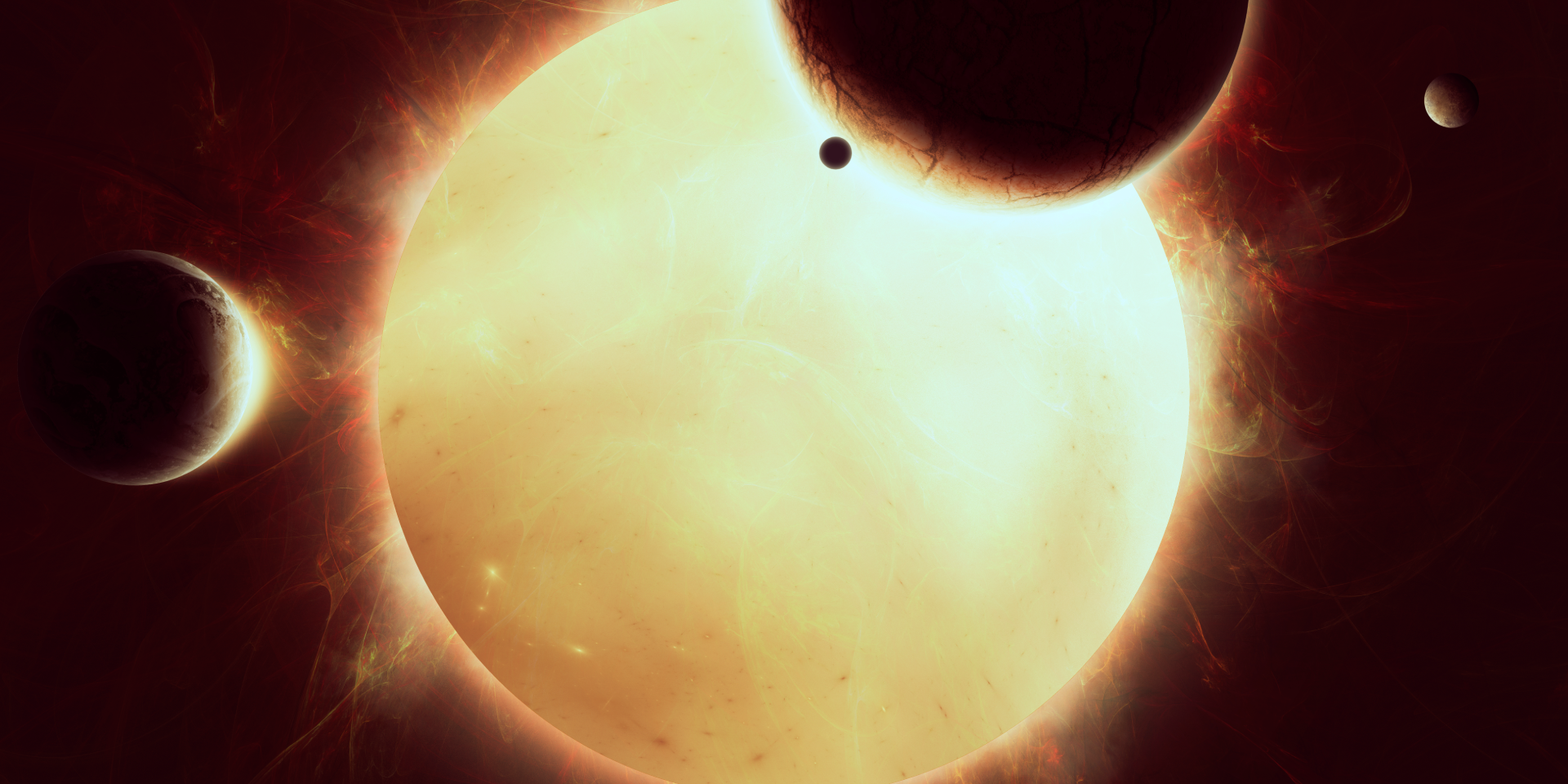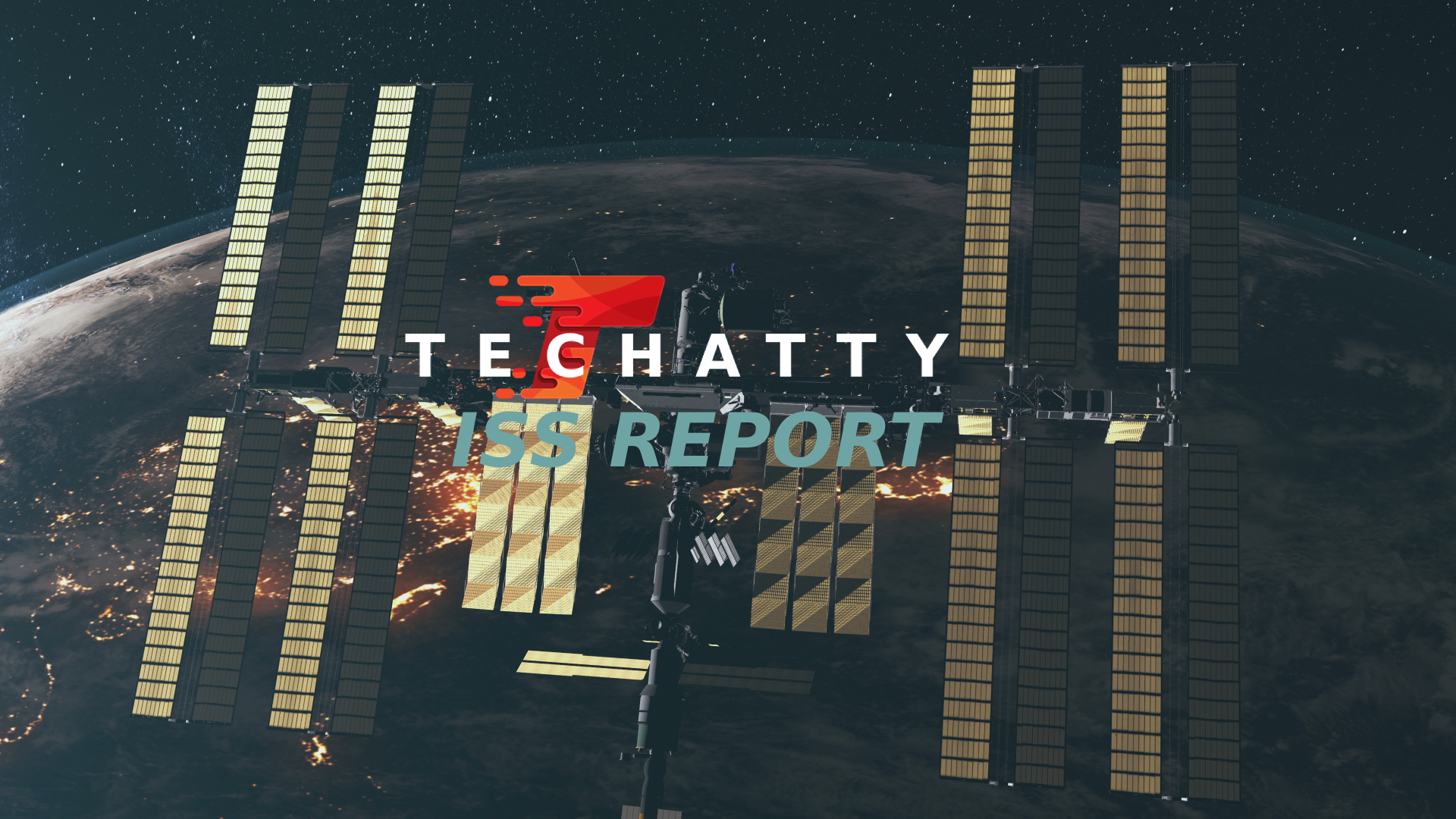ISS Daily Summary Report – 4/19/2023
AstroPi: A 5mm Camera Lens was mounted and on the AstroPi Vis hardware and the AstroPi hardware was removed from the Columbus module and installed into the Window Observational Research Facility (WORF). The lens was re-adjusted for day pass operations. The hardware will support the AstroPi Challenge mission ‘Life in Space’. Two augmented Raspberry …

AstroPi: A 5mm Camera Lens was mounted and on the AstroPi Vis hardware and the AstroPi hardware was removed from the Columbus module and installed into the Window Observational Research Facility (WORF). The lens was re-adjusted for day pass operations. The hardware will support the AstroPi Challenge mission ‘Life in Space’. Two augmented Raspberry Pi computers (called AstroPis) were flown to the ISS and are both equipped with the mighty Sense Hardware Attached on Top (HAT) that measures the environment inside the ISS, detects how the station moves through space, and picks up the Earth’s magnetic field. Each AstroPi is also equipped with different types of cameras: one has an infrared camera, and the other has a standard visible spectrum camera.
Confocal Space Microscopy: A checkout sample was installed into the Thermal Container, which was attached to the scanning stage of the Confocal Space Microscope. This allowed the ground team to verify the scanning stage movement. The Confocal Space Microscope is a JAXA facility that provides fluorescence images of biological samples aboard the ISS. Confocal microscopy uses spatial filtering techniques to eliminate out-of-focus light or glare in specimens with thicknesses exceeding the immediate plane of focus. With the Confocal Microscope, data can be obtained on the fundamental nature of cellular and tissue structure and functions in real-time.
CapiSorb Visible System (CVS): Various seals of the CVS were evaluated, the unit was powered up, and a functional check of its components was performed. The CVS investigation demonstrates liquid control using capillary forces, over a range of liquid properties that are characteristic of liquid carbon dioxide sorbents. Since microgravity makes it difficult to control the flow of liquids, carbon dioxide removal methods on the ISS have been unable to take advantage of systems that use specialized liquids, such as those on submarines. Previous experiments have shown that capillary forces, the interaction of a liquid with a solid that draws fluid up a narrow tube, can be used to control liquids in microgravity and could contribute to design of more efficient carbon dioxide removal systems in space. CVS takes this one step further by manipulating liquid properties in microgravity and proving the ability to control the liquid over the full property range.
Investigating Structure and Function of the Eye (ISAFE): Arterial Ultrasound, blood pressure, and Pneumotonometer (PTM) measurements were taken on a crewmember subject with remote assistance. ISAFE measures eye, brain, and blood vessel changes during missions of several lengths to determine whether Spaceflight Associated Neuro-Ocular Syndrome (SANS) varies with mission length, whether these changes recover when crew members return to Earth, and how long any potential recovery takes. Results could help predict eye changes on future long-duration spaceflights, such as trips to Mars, and support development of methods to protect astronauts’ eyes.
Manufacturing Device: The most recent print attempt of object S/N 112 was aborted, and the failed print was removed. The extruder print nozzle was cleaned then re-installed and the failed print was trashed. Photographs of the operations were downlinked. The Additive Manufacturing Facility (AMF) enables the production of components on the ISS for both NASA and commercial objectives. Parts, entire experiments, and tools can be created on demand utilizing the AMF that is installed into an EXPRESS Rack locker location. The AMF is capable of producing parts out of a wide variety of thermopolymers including engineered plastics.
Snowcone Cloud Edge Compute Demonstration (Snowcone): The AWS Snowcone device was installed in Node 2. AWS Snowcone Axiom-2 demonstrates technology to screen astronaut images and identify those that may contain sensitive information not for public release. The technology includes reduction of large-scale data and processing of data near the source, known as edge computing, which are capabilities integral to future space exploration.
Systems:
Extravehicular Activity (EVA) Preparations: The crew started and configured Portable Onboard Computers (POC) Dynamic Onboard Ubiquitous Graphics (DOUG) Software for review. The crew then reviewed all robotics procedures referenced in the Big Picture Words in preparation for Radio Frequency Group (RFG) retrieve EVA Space Station Remote Manipulator System (SSRMS) support. Next, the crew set up the Enhanced Caution and Warning System (ECWS) Onboard Trainer to review operation of the Extravehicular Activity Mobility Unit (EMU) ECWS and practiced EVA Cuff Checklist procedures. Finally, the crew practiced donning and doffing the Simplified Aid for EVA Rescue (SAFER) in the Crewlock onto an EMU on the EMU Don-Doff Assembly (EDDA).
In Flight Maintenance (IFM) Waste and Hygiene Compartment (WHC) Urine Receptacle (UR) and Insert Filter (IF) Remove and Replace (R&R): As part of routine maintenance, the crew performed an R&R of the WHC UR and IF. After the R&R, the crew cleaned the power supply, reactivated WHC, and performed a functionality test to verify the WHC was operational following the maintenance activities. WHC is the ACY system that has been modified to fit within a standard USOS sized rack. The urine output by the WHC is fed directly into the Urine Processor Assembly (UPA) and is purified to create potable water.
On Board Training (OBT) Cygnus Ground Control Release Self Study and Departure Review: The crew completed onboard reviews of the ground control Cygnus release procedures and training videos. Additionally, the crew performed final cargo closeout operations in preparation of the NG-18 unberth. NG-18 is currently berthed on the port at Node 1 Nadir and is planned to remain at the space station until April 21st, before it departs the ISS for an eventual destructive re-entry in the Earth’s atmosphere.
Completed Task List Activities:
- None
Today’s Ground Activities:
All activities are complete unless otherwise noted.
- CVS Hardware Setup and Functional Test Support
- STP-H7 Activation Commanding
- Crew Dragon System Checkout
- PRO WORF Activation Commanding
- iOS Tablet Update
- WSC EDISN TCMS (NAM 5980)
Look Ahead Plan
Thursday, April 20 (GMT 110)
Payloads:
- CVS Heated Degas Run
- Food Physiology Diet Brief
- KERMIT SAMS Relocate
- ISS Ham Pass
- MAND Print Removal
- NRCSD-25 Install
Systems:
- RS EVA Tool Transfer
- EVA Battery Operations
- Cygnus Egress
- CBM CPA Rotation and Closeout
- Cygnus/Node 1 Vestibule Configuration for Demate
Friday, April 21 (GMT 111)
Payloads:
- CVS Ops
- ISS Ham Pass
Systems:
- Cygnus Unberth
- RS EVA Tether Inspection
- EVA Procedure Review and Conference
- CHeCS Emergency HMS Contingency Drill Training
- Toilet Pre-Treat Tank Remove and WHC Pre-Treat Tank R&R
Saturday, April 22 (GMT 112)
Payloads:
- ISS Ham Pass
Systems:
- OBT EVA ROBoT Session
- EVA Battery Operations
Today’s Planned Activities:
All activities are complete unless otherwise noted.
- 69S Crew Isolation in MLM, NM, and Soyuz during RS EVA
- ISAFE MELFI Item Retrieval and Insertion
- ISAFE Pneumotonometer and Blood Pressure Hardware Setup and Measures Data Collection Operations
- CVS Maintenance Work Area Preparation, Hardware Setup, Functional Test, and Shutdown
- Ultrasound 2 HRF Rack 1 Power On and Hardware Power Down
- ISAFE Ultrasound 2 Preparations and Blood Pressure Measures Data Collection Operations
- Review of AstroPi Big Picture Words
- Deployment of AstroPi Vis and IR to WORF
- ISAFE Hardware Stow
- JEM Payload Laptop Terminal 5 (PLT5) HDD Insertion, Relocation, and Image Processing Unit (IPU) 2 Cable Setup
- IFM WHC UR and IF R&R
- Confocal Space Microscopy Item Gather, Cover Removal, and Sample Install
- SM and COL ISS HAM Radio Power Up
- Manufacturing Device Print, Trash, and Troubleshoot
- Gather Vestibule Outfitting Kit (VOK)
- AstroPi Camera Lens Adjustment
- POC DOUG Software Review
- Robotics Procedure Review
- EMU ECWS OBT
- EVA SAFER Installation Practice
- Snowcone Power On
- OBT Cygnus Ground Control Release Self Study and Departure Review
- Cygnus Cargo Closeout
- Health Maintenance System (HMS) Automated External Defibrillator (AED) Inspection
- Tablet Updating CrewNet Connection





































